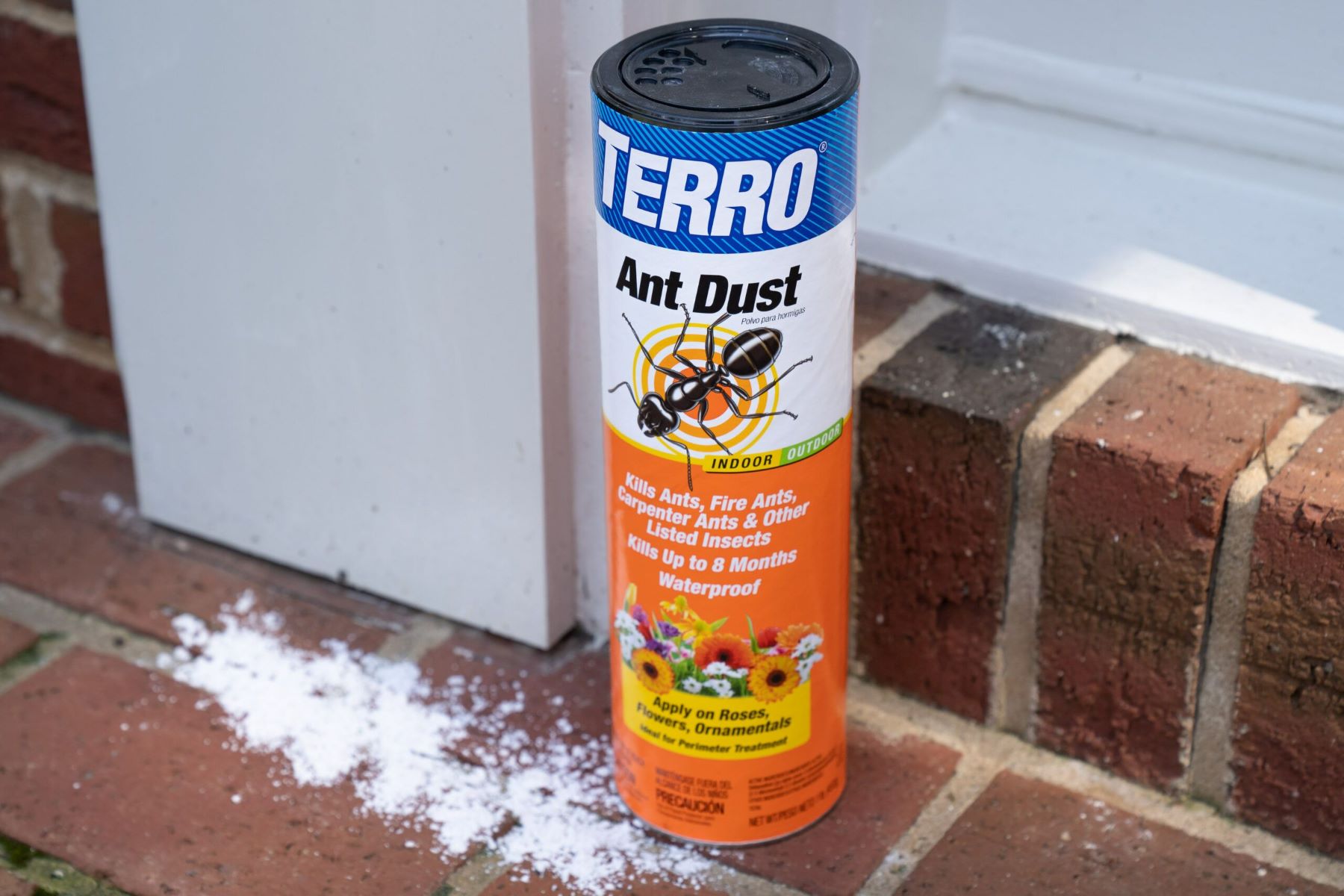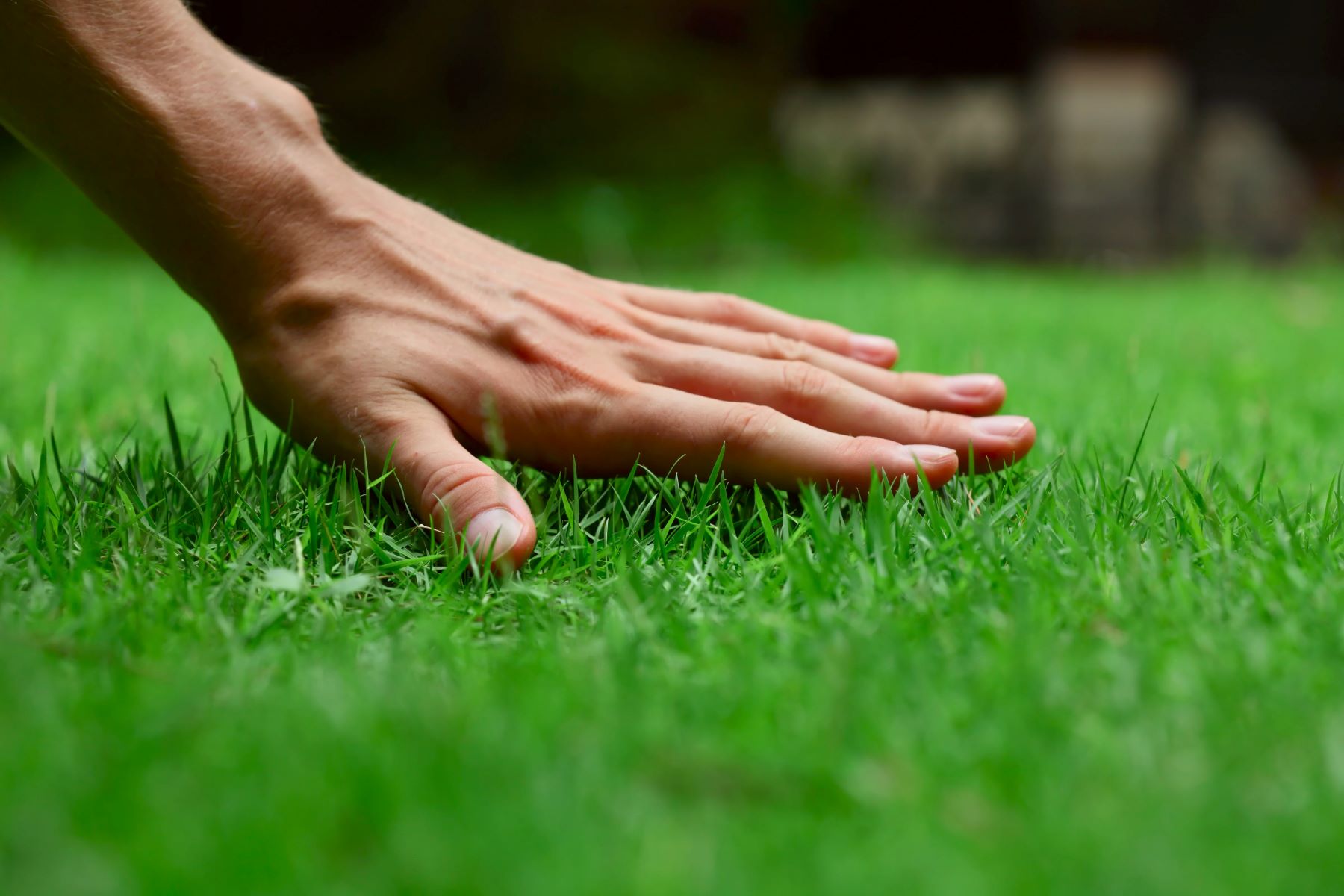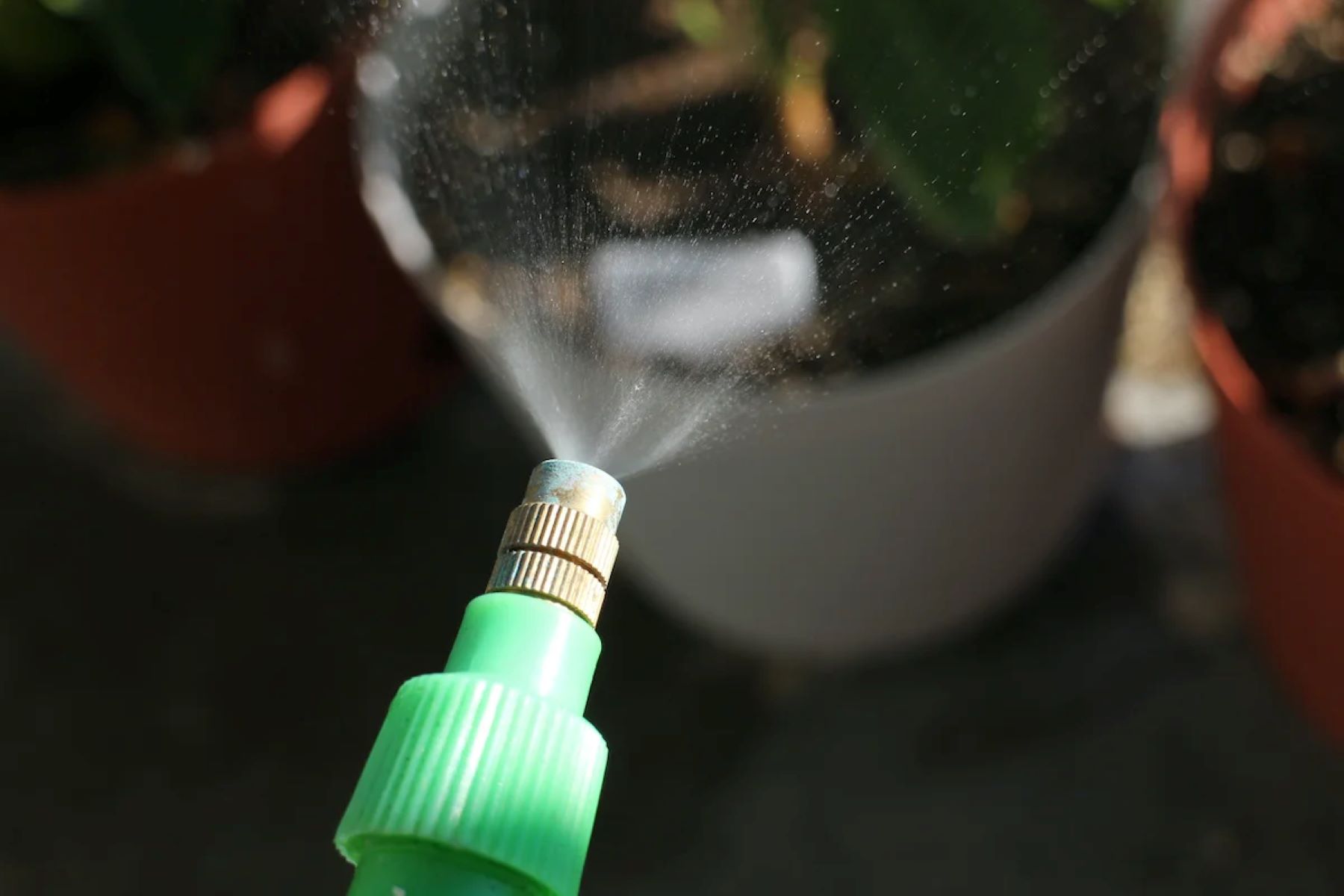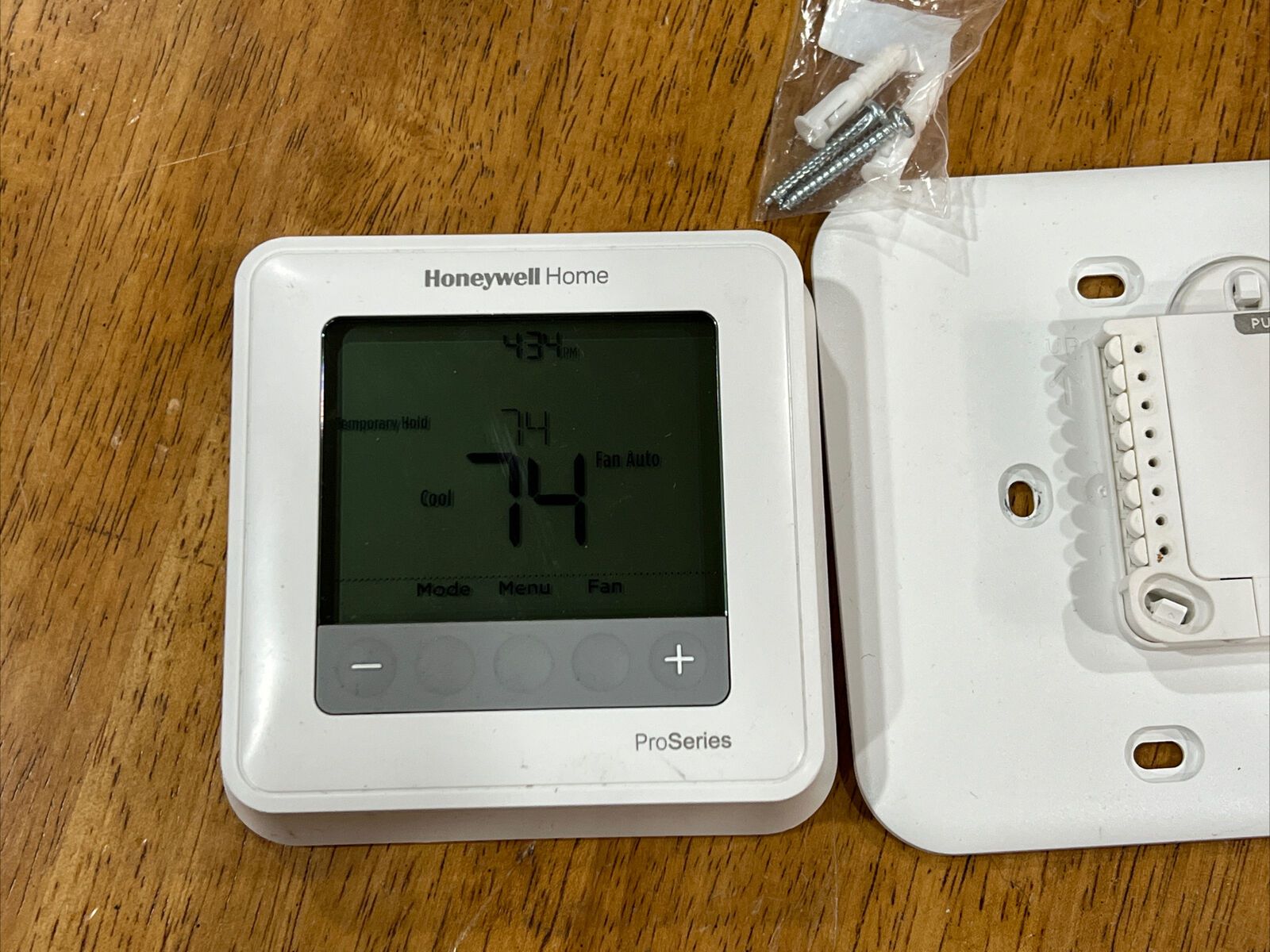Home>Home and Garden>The Surprising Step You’re Missing Before Spraying Weed Killer!
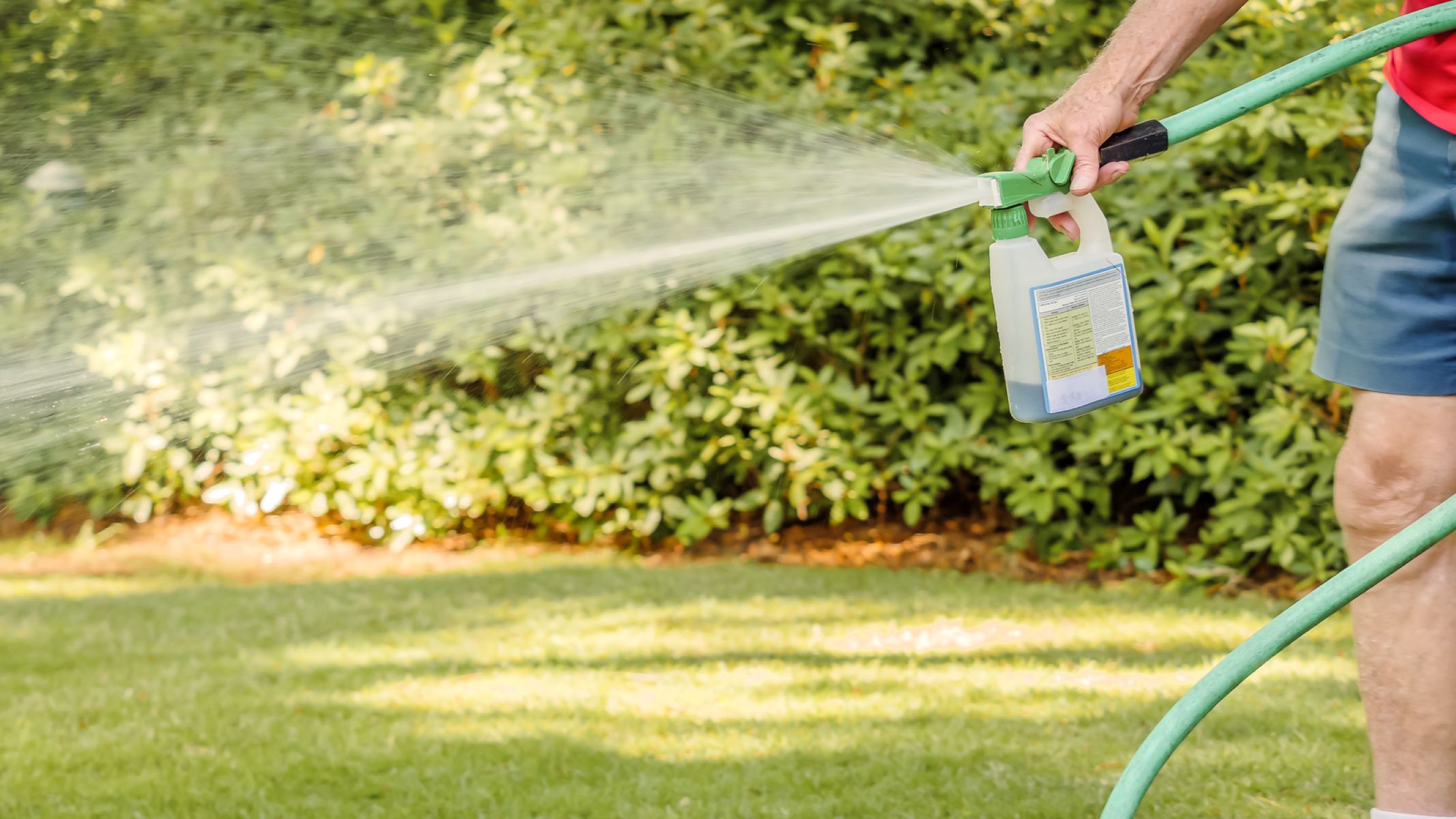

Home and Garden
The Surprising Step You’re Missing Before Spraying Weed Killer!
Published: January 4, 2024
Discover the essential step for effective weed killer application at home. Get expert tips for a thriving garden with our home and garden solutions.
(Many of the links in this article redirect to a specific reviewed product. Your purchase of these products through affiliate links helps to generate commission for Regretless.com, at no extra cost. Learn more)
Table of Contents
Introduction
When it comes to maintaining a lush, thriving garden or yard, the battle against weeds is a common challenge for many homeowners. Unsightly weeds not only detract from the visual appeal of your outdoor space but also compete with your desired plants for essential nutrients, water, and sunlight. To combat these pesky invaders, many individuals turn to weed killer products as a convenient solution. However, before reaching for that trusty bottle of herbicide, there's a crucial step that is often overlooked but can make a significant difference in the effectiveness of your weed control efforts: soil testing.
Understanding the composition and characteristics of your soil is fundamental to creating an environment where your plants can flourish while minimizing the growth of weeds. Soil testing provides valuable insights into the pH level, nutrient content, and overall health of the soil, empowering you to make informed decisions about the products you use and the adjustments you need to make to achieve a weed-free landscape.
By delving into the world beneath the surface, you gain a deeper understanding of your soil's unique needs, allowing you to tailor your approach to weed control for optimal results. In this comprehensive guide, we will explore the importance of soil testing, the steps for conducting a soil test, interpreting the results, and making necessary adjustments to your weed killer application. So, before you take another step in your weed control regimen, let's embark on a journey to unlock the secrets hidden within your soil!
Understanding the Importance of Soil Testing
Soil testing serves as the foundational pillar of successful gardening and landscaping endeavors. It provides a comprehensive snapshot of the soil's composition, including vital factors such as pH levels, nutrient content, and overall structure. These insights are invaluable in understanding the soil's capacity to support plant growth and its susceptibility to weed infestation.
pH levels play a pivotal role in determining the soil's acidity or alkalinity, directly influencing the availability of essential nutrients to plants. Different plants thrive in specific pH ranges, and soil testing helps identify whether your soil falls within the optimal range for your desired vegetation. By addressing any pH imbalances, you can create an environment where your plants flourish, while simultaneously inhibiting the growth of weeds that may thrive in unsuitable pH conditions.
Furthermore, soil testing unveils crucial details about the nutrient composition of the soil. Understanding the levels of nutrients such as nitrogen, phosphorus, and potassium enables you to tailor your fertilization and weed control strategies to meet the specific needs of your plants. By ensuring that your plants receive the necessary nutrients, you promote their health and vigor, making them more resilient against weed encroachment.
Additionally, the physical composition of the soil, including its texture and structure, is revealed through soil testing. This knowledge allows you to make informed decisions about soil amendments and cultivation practices that can improve the overall health and resilience of your garden. By addressing any soil structure issues, you create an environment that is more conducive to the growth of your desired plants, while simultaneously creating less favorable conditions for weed proliferation.
In essence, soil testing empowers you to make targeted and effective decisions in your weed control efforts. By understanding the unique characteristics of your soil, you can implement precise measures to create an environment that promotes the growth of your desired plants while thwarting the advances of unwanted weeds. This proactive approach not only enhances the visual appeal of your outdoor space but also contributes to the long-term health and vitality of your garden or yard.
Steps for Conducting a Soil Test
-
Gather Soil Samples: Begin by selecting representative areas of your garden or yard for sampling. It's essential to collect samples from various locations to account for potential variations in soil composition. Using a trowel or soil probe, gather small amounts of soil from the desired locations, ensuring that each sample is free from debris such as leaves or roots.
-
Prepare the Samples: Once collected, combine the soil samples in a clean container, mixing them thoroughly to create a composite sample. Allow the soil to air dry, breaking up any clumps to ensure a consistent texture. After drying, transfer the sample to a clean, labeled plastic bag or container, ready for submission to a soil testing laboratory.
-
Select a Reputable Soil Testing Laboratory: Research and identify a reputable soil testing facility or extension service in your area. Many agricultural extension offices offer soil testing services, providing expert analysis and recommendations tailored to your specific region and plant types.
-
Submit the Samples: Follow the specific instructions provided by the chosen soil testing facility for sample submission. This may include completing a submission form, indicating the types of plants you intend to grow and any specific concerns you have regarding your soil. Ensure that the samples are securely packaged and labeled, and send them to the designated laboratory for analysis.
-
Await Results and Analysis: Once the soil samples reach the laboratory, experts will conduct a series of tests to assess the pH level, nutrient content, and other relevant factors. The analysis may take a few weeks, depending on the laboratory's workload. Upon completion, you will receive a detailed report outlining the characteristics of your soil and providing recommendations for improvement.
-
Review and Interpret Results: Upon receiving the soil test report, carefully review the findings and recommendations provided by the laboratory. Pay close attention to the pH level, nutrient levels, and any specific guidance related to weed control and plant health. This information serves as a roadmap for making informed decisions about your gardening and weed control strategies.
By following these steps, you gain invaluable insights into your soil's composition and health, enabling you to make informed decisions about weed control, fertilization, and overall plant care. Armed with this knowledge, you can implement targeted measures to create an environment where your desired plants thrive while minimizing the growth of weeds.
Interpreting Soil Test Results
Upon receiving the comprehensive soil test report from the laboratory, it's essential to delve into the findings to gain a thorough understanding of your soil's composition and characteristics. The results of the soil test offer valuable insights that can significantly influence your approach to weed control and overall plant health. Here's how to interpret the soil test results and leverage this information to optimize your gardening efforts.
pH Level Analysis
One of the primary components of the soil test report is the pH level analysis. The pH level indicates the acidity or alkalinity of the soil, with different plants thriving within specific pH ranges. If the soil is too acidic or alkaline, it can hinder the uptake of essential nutrients by plants, making them more susceptible to weed competition. Interpreting the pH level results allows you to determine whether your soil falls within the optimal range for your desired plants. If adjustments are needed to align the pH with your plant's preferences, the soil test report will provide recommendations for the application of lime to raise the pH or sulfur to lower it, thereby creating a more favorable environment for your plants and inhibiting weed growth.
Nutrient Content Assessment
The soil test report also presents a detailed analysis of the nutrient content in the soil, including essential elements such as nitrogen, phosphorus, and potassium. Understanding the nutrient levels is crucial in designing a targeted fertilization strategy to support the health and vigor of your plants while minimizing weed proliferation. The report may include specific recommendations for the application of fertilizers tailored to the nutrient deficiencies or excesses identified in the soil. By addressing nutrient imbalances, you can promote the robust growth of your desired plants, making them more resilient against weed encroachment.
Organic Matter and Soil Structure
In addition to pH and nutrient analysis, the soil test report may provide insights into the organic matter content and overall soil structure. Organic matter contributes to soil fertility and structure, influencing its ability to support plant growth and resist weed invasion. Understanding the organic matter content and soil structure allows you to make informed decisions about incorporating organic amendments, such as compost or organic mulches, to improve the soil's health and resilience. By enhancing the soil structure and organic matter content, you create an environment that fosters the growth of your desired plants while creating less favorable conditions for weed establishment.
Weed Control Recommendations
Furthermore, the soil test report may offer specific recommendations related to weed control based on the soil's characteristics. This could include guidance on the timing and application of weed killer products, taking into account the soil's pH level and nutrient content. By aligning your weed control efforts with the unique needs of your soil, you can maximize the effectiveness of herbicide applications while minimizing the impact on beneficial soil organisms and the surrounding environment.
In summary, interpreting the soil test results equips you with the knowledge to make targeted and informed decisions about weed control, fertilization, and overall plant care. By leveraging the insights provided in the soil test report, you can create an environment that promotes the growth of your desired plants while mitigating the challenges posed by weed infestation. This proactive approach lays the foundation for a thriving and visually captivating outdoor space, where your plants can flourish, and weeds are kept at bay.
Adjusting Your Weed Killer Application Based on Soil Test Results
Upon receiving the comprehensive soil test report, you are armed with invaluable insights that can significantly influence your approach to weed control. The soil test results provide a roadmap for making informed decisions about adjusting your weed killer application to align with the unique characteristics of your soil. By leveraging this knowledge, you can optimize the effectiveness of weed killer products while minimizing their impact on the surrounding environment and beneficial soil organisms.
Tailoring Weed Killer Products to pH Levels
One of the key considerations when adjusting your weed killer application is the pH level of your soil. The soil test report offers insights into the acidity or alkalinity of the soil, which directly influences the effectiveness of weed killer products. For example, in acidic soils, certain herbicides may exhibit reduced efficacy, necessitating adjustments in application rates or the selection of alternative products. By aligning your weed killer application with the pH characteristics of your soil, you can maximize the impact of herbicide treatments on targeted weeds while minimizing potential adverse effects on your desired plants.
Incorporating Soil Nutrient Levels into Weed Control Strategies
The nutrient content analysis provided in the soil test report offers crucial guidance for adjusting your weed killer application. Nutrient deficiencies or excesses in the soil can impact the overall health and resilience of your plants, influencing their ability to withstand weed competition. By addressing nutrient imbalances through targeted fertilization strategies, you create an environment where your desired plants thrive, making them more resilient against weed encroachment. Additionally, adjusting the timing and frequency of weed killer applications based on the soil's nutrient levels can optimize the effectiveness of herbicide treatments, contributing to a more sustainable and balanced approach to weed control.
Considering Organic Matter and Soil Structure in Weed Control
The soil test report may also provide insights into the organic matter content and overall soil structure, which play a significant role in weed control strategies. Soils with healthy organic matter content and well-structured composition create an environment that is more conducive to the growth of desired plants while inhibiting weed establishment. By adjusting your weed killer application to complement the soil's organic matter and structure, you can minimize the reliance on herbicides and create a more resilient and sustainable landscape.
In essence, adjusting your weed killer application based on soil test results involves a targeted and informed approach that takes into account the unique characteristics of your soil. By aligning herbicide treatments with the pH level, nutrient content, and overall soil health, you can maximize the effectiveness of weed control efforts while promoting the long-term vitality of your garden or yard. This tailored approach not only enhances the impact of weed killer products but also contributes to a harmonious and balanced ecosystem within your outdoor space.
Conclusion
In conclusion, the often overlooked yet essential step of conducting a soil test before applying weed killer is a game-changer in the realm of gardening and landscaping. By gaining a profound understanding of your soil's composition, pH levels, nutrient content, and overall health, you are equipped with the knowledge to make targeted and informed decisions that can significantly impact the success of your weed control efforts.
Soil testing serves as the compass that guides your journey towards creating a vibrant and weed-free outdoor space. The insights obtained from soil testing empower you to tailor your approach to weed control, fertilization, and overall plant care, ensuring that your desired plants thrive while minimizing the growth of unwanted weeds. It's a proactive and strategic investment in the long-term health and beauty of your garden or yard.
By delving into the world beneath the surface, you unlock the secrets hidden within your soil, allowing you to address potential challenges before they manifest and capitalize on opportunities to create an environment where your plants can flourish. The pH level analysis guides the application of lime or sulfur to create an optimal growing environment for your plants while inhibiting weed proliferation. Understanding the nutrient content enables you to design targeted fertilization strategies that promote plant health and resilience, making them more resistant to weed competition. Moreover, the insights into organic matter and soil structure empower you to enhance the overall health and vitality of your soil, creating a robust foundation for your garden to thrive.
Adjusting your weed killer application based on soil test results represents a harmonious fusion of science and nature, where your approach to weed control is finely tuned to the unique needs of your soil and plants. By aligning herbicide treatments with the pH level, nutrient content, and overall soil health, you not only maximize the effectiveness of weed control efforts but also contribute to a sustainable and balanced ecosystem within your outdoor space.
In essence, the journey from soil testing to weed killer application represents a holistic and informed approach to gardening and landscaping. It's a testament to the transformative power of understanding and working in harmony with the natural elements that lay the groundwork for a captivating and resilient outdoor oasis. So, before you take another step in your weed control regimen, pause and embark on the enlightening journey of soil testing—where the secrets of your soil await, ready to shape the flourishing landscape you envision.
